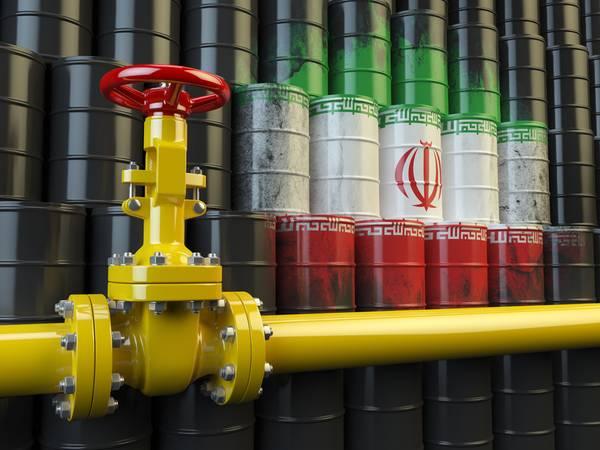Oil exports from Iran achieve almost pre-sanction level

By Abdul Kerimkhanov
Iran is a member of OPEC, for this reason, all the production and export of “black gold” is controlled by quotas. The country is trying to modernize the current oil industry and develop new fields to increase the level of exports outside Iran.
Exports of Iranian oil, which was experiencing difficulties due to U.S. sanctions since the end of 2018, recovered to a level close to previous one. This was achieved thanks to the steady demand for Iranian oil from Chinese and South Korean sides.
Deliveries of crude oil and condensate from Iran increased by 12 percent to 1.7 million barrels per day in March, to the highest level since October, as the main buyers tried their best to increase supply before early May, reported S&P Global on April 10.
Analysts believe that exports may fall in the coming months if the United States tightens control over the purchase of Iranian oil by eight countries that are granted a special regime.
The market is still looking for clarity, but many believe that the largest buyers of Iran are likely to receive a continuation of the postponement of U.S. sanctions for importing Iranian oil.
In November, exports fell to 1.08 million barrels per day - falling from nearly 1.34 million barrels per day since May, when the United States withdrew from the Iranian nuclear deal.
But since November, volumes have recovered by 60 percent, surprising many in the market.
Sources noted that export growth is occurring despite a significant reduction in Iranian oil production since a member of OPEC uses oil from storage facilities.
Data from Ursa, which monitors oil reserves using satellite data, shows that Iran’s oil reserves in oil storage tanks have declined by almost 25 percent since early January, including on the island of Kharg, the main export terminal of the country where stocks have decreased by 30 percent.
Iran produced 2.69 million barrels of oil per day in March, according to a recent OPEC study conducted by S & P Global Platts, while in November production was 280,000 bpd more.
China, India and South Korea have significantly increased their purchases of Iranian oil since the supply of particularly heavy and medium-sized oil have dropped sharply in the past few months.
The supply of medium and heavy acidic oil remains a major problem for Asian refineries due to a shortage of volumes from Venezuela, Iran and other major sources of heavy acidic oil.
In recent months, demand for Iranian oil from the world's largest importer of oil has recovered. The inflow to China, on average, last month was 627,710 barrels per day from 571,464 barrels per day in February.
The index of consumer activity in March rose to 350,000 barrels per day, which is 70,000 barrels more than in February.
Most analysts expect that at least four of the largest buyers of oil and condensate from Iran will receive an extension of the delay from U.S. sanctions, albeit at lower levels.
Iran ranks 4th in the world in terms of oil resources and uses the second largest gas reserves in the world.
An important feature of Iran’s petrochemical industry is country's excellent geographical location and good access to Asian and European markets, as well as free seas, which makes it easier and cheaper to export and transport.
Iran is the only state in the Middle East that produces a large amount of necessary equipment for the petrochemical industry on its territory.
---
Abdul Kerimkhanov is AzerNews’ staff journalist, follow him on Twitter: @AbdulKerim94
Follow us on Twitter @AzerNewsAz
Here we are to serve you with news right now. It does not cost much, but worth your attention.
Choose to support open, independent, quality journalism and subscribe on a monthly basis.
By subscribing to our online newspaper, you can have full digital access to all news, analysis, and much more.
You can also follow AzerNEWS on Twitter @AzerNewsAz or Facebook @AzerNewsNewspaper
Thank you!
